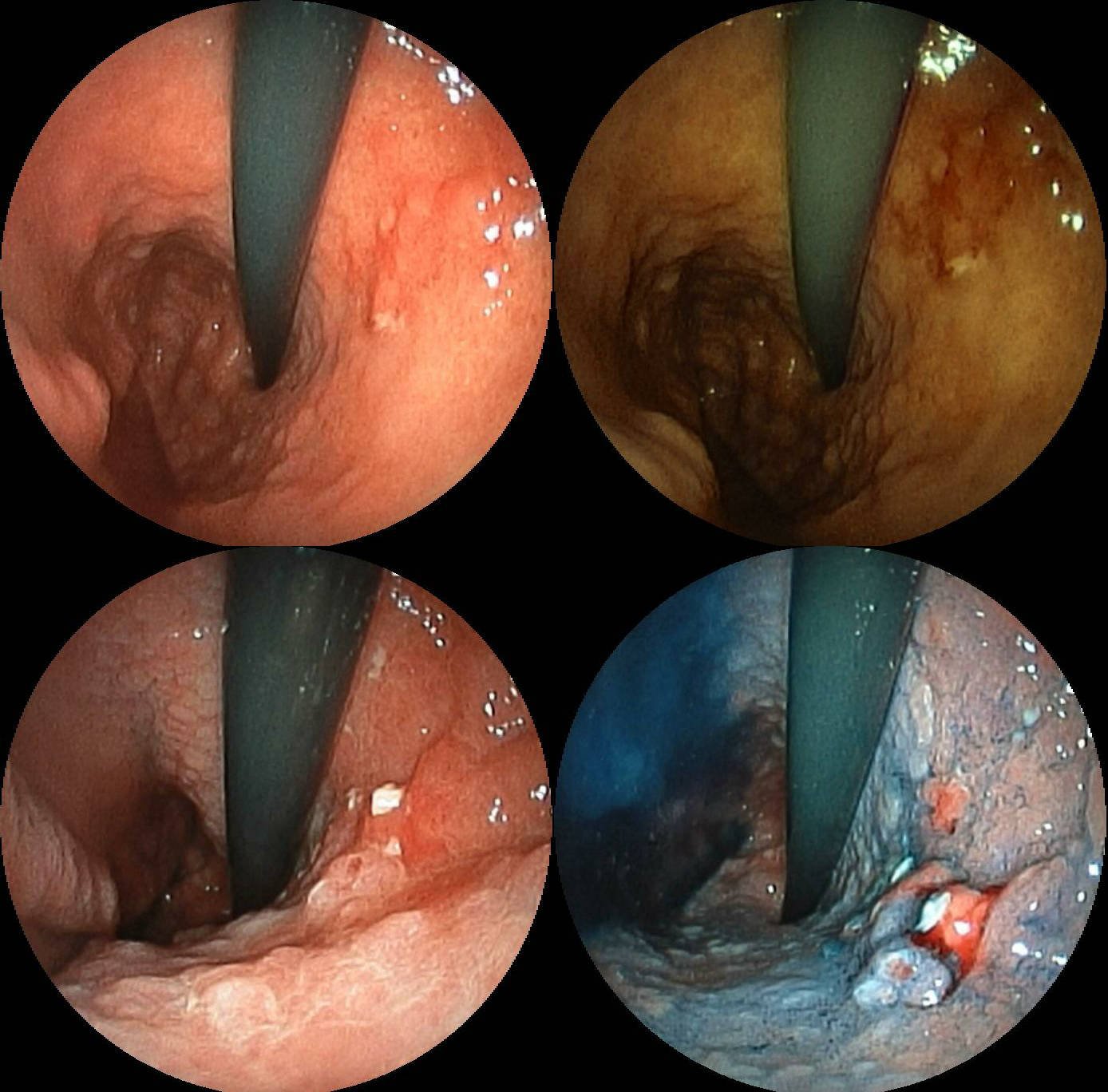DOCTORS & MEDICAL STUDENTS VERSION
Gastrointestinal (GI) cancer encompasses a group of
malignancies that affect various parts of the digestive system, including the
esophagus, stomach, intestines, liver, pancreas, and anus. Early detection and
diagnosis are crucial for effective treatment. In this article, we will discuss
the signs, symptoms, investigations, associated conditions, and clinical
diagnosis of GI cancer, tailored for medical doctors and students.
Section 1: Signs and Symptoms
1.1 Esophageal Cancer
Esophageal cancer may present with symptoms such as
difficulty swallowing, unintended weight loss, chest pain, and persistent
coughing. Dysphagia, or difficulty in swallowing, is often a key indicator.
1.2 Stomach Cancer
Common signs of stomach cancer include abdominal pain,
nausea, vomiting (sometimes with blood), unintended weight loss, and a feeling
of fullness after eating small amounts.
1.3 Colorectal Cancer
Colorectal cancer symptoms may include changes in bowel
habits (diarrhea or constipation), blood in stool, abdominal pain, and
unintended weight loss.
1.4 Liver Cancer
In its early stages, liver cancer may not show noticeable
symptoms. However, as it progresses, symptoms like abdominal pain and swelling,
jaundice (yellowing of the skin and eyes), and unexplained weight loss may
manifest.
1.5 Pancreatic Cancer
Pancreatic cancer can cause symptoms like abdominal pain,
jaundice, unintended weight loss, and digestive problems.
Section 2: Investigations
2.1 Endoscopy
Endoscopy is a valuable tool for visually inspecting the GI
tract. Esophagogastroduodenoscopy (EGD) examines the esophagus, stomach, and
upper small intestine, while colonoscopy assesses the colon and rectum.
2.2 Imaging Studies
Various imaging techniques like CT scans, MRI, and PET scans
are employed to evaluate the extent of the cancer and to detect metastases.
2.3 Biopsy
Tissue samples obtained via endoscopy, laparoscopy, or
fine-needle aspiration are crucial for confirming the diagnosis and determining
the type of cancer.
Section 3: Associated Conditions
3.1 Inflammatory Bowel Disease (IBD)
Patients with long-standing IBD, such as Crohn's disease and
ulcerative colitis, are at an increased risk of developing colorectal cancer.
3.2 Chronic Liver Disease
Chronic hepatitis B or C infection, alcoholic liver disease,
and non-alcoholic fatty liver disease (NAFLD) are associated with an elevated
risk of liver cancer.
3.3 Familial Syndromes
Conditions like Lynch syndrome and familial adenomatous
polyposis (FAP) predispose individuals to colorectal cancer.
Section 4: Clinical Diagnosis
4.1 Multidisciplinary Approach
A comprehensive evaluation of GI cancer involves a
multidisciplinary team comprising gastroenterologists, oncologists,
radiologists, and pathologists.
4.2 Staging
Determining the stage of the cancer (extent of spread) is
critical in formulating an appropriate treatment plan.
4.3 Treatment Modalities
Treatment options include surgery, chemotherapy, radiation
therapy, targeted therapy, and immunotherapy, depending on the type, stage, and
location of the cancer.




